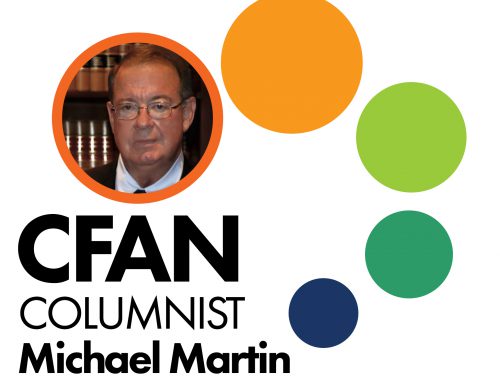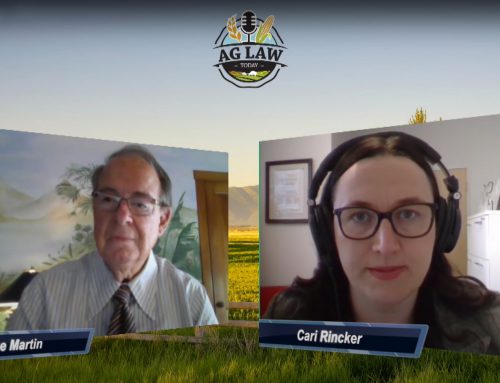The agriculture industry is an enterprise of innovation, and few innovations are quite as welcome as those that are good for the environment and will save producers money at the same time. Such is the case of a web-based monitoring system developed by the University of Florida’s Institute for Food and Agriculture Studies, known as UF/IFAS, for the strawberry industry. Called the Strawberry Advisory System, or SAS for short, it is a web-based tool aimed at helping strawberry growers to pinpoint the best times to apply chemicals to treat diseases, thus reducing unnecessary applications.
According to a UF/IFAS release on the Strawberry Advisory System, most strawberry producers spray their plants once a week for fungi; it’s a frequency that may be unnecessary. Reducing such applications is the goal of SAS, which was developed by Natalia Peres, a UF/IFAS associate professor of plant pathology. The tool measures metrics such as temperature and leaf wetness to determine optimum fungicide application timetables for one of two fungi that cause fruit rot in strawberries: Botrytis and anthracnose.
A 2014 UF/IFAS study of the SAS system compared calendar applications with SAS-guided recommendations. Researchers found that, depending upon which fungicide was applied, the SAS-guided treatments could net berry growers $1.7 million in additional profits over 10 years. Farmers saved money in production costs and cut down on the fungicides released to the environment, which can increase fungicide resistance. As more farmers use the system and further research is complete, additional factors and exact metrics can be taken in to account to make the system even more beneficial to all.



